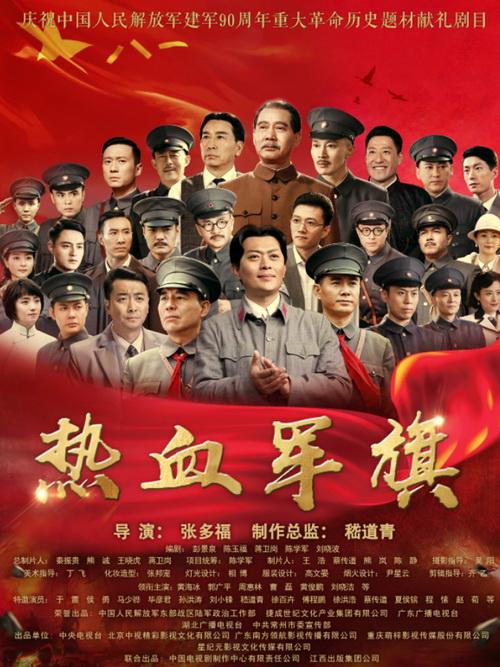Plot:
Before and after the "August 7" meeting of the Political Bureau of the CPC Central Committee in 1927, the pioneers of the Communist Party of China, represented by Mao Zedong and Zhu De, actively carried out the exploration and practice of creating a people's army. After the success of the Nanchang Uprising on August 1, 1927, the troops implemented a strategic transfer to Guangdong and were bloodily suppressed by the reactionaries in the Chaoshan area. Zhu De and others led the remaining revolutionary fire to reorganize in Raoping, lurking in northern Guangdong, and struggling to find the direction of the revolution. On September 9, Mao Zedong led the Autumn Harvest Uprising. Later, the troops moved to Yongxin, Jiangxi, and reorganized in Sanwan Village. The party branch was established in the company, and the direction of action to establish a revolutionary base in Jinggangshan was determined. In the winter of 1927, the peasant movement flourished in Hunan. Zhu De led his troops to advance to southern Hunan, set off an uprising in southern Hunan, and millions of peasant soldiers rose up. In April 1928, Zhu De led the southern Hunan uprising army and the Red Army led by Mao Zedong to successfully meet in Jinggangshan, and the people's army led by the Communist Party of China further developed and grew. The spark of revolution finally became a prairie fire.

